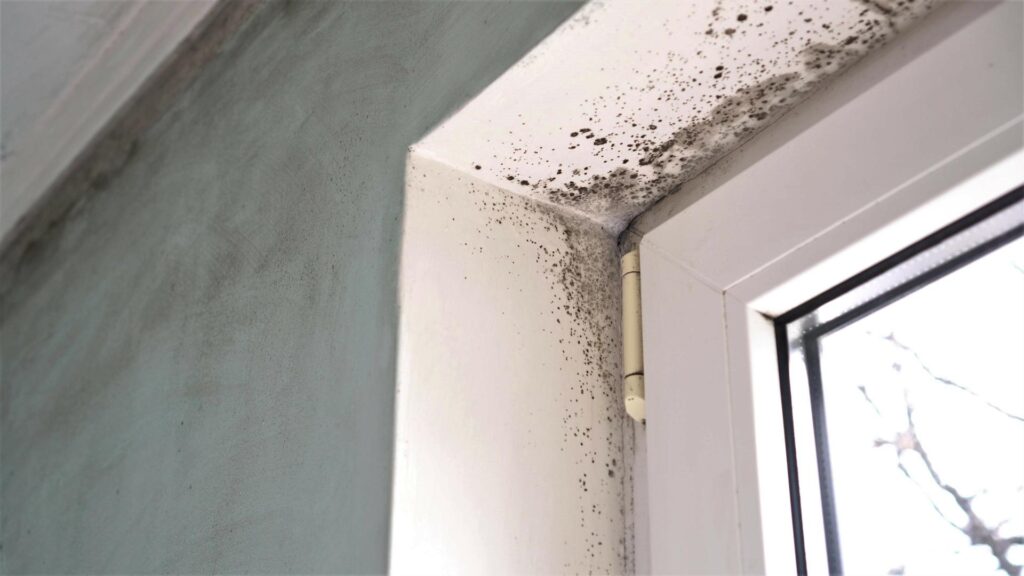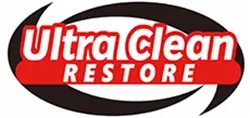
Contents
When it comes to mold remediation, understanding the process is essential for effective results. You’ll need to start by evaluating the mold situation in your space, ensuring you identify all affected areas. Once you know the extent of the problem, you’ll move on to containment. Each step is important in achieving a mold-free environment. Let’s explore these steps in detail, starting with the initial evaluation.
Key Takeaways
- Conduct a thorough assessment to identify visible mold and moisture-prone areas, noting any musty odors.
- Seal off contaminated spaces using heavy plastic sheeting and close all openings to contain mold spores.
- Equip yourself with appropriate PPE, including N95 respirators, gloves, and goggles, to ensure safety during remediation.
- Use effective mold removal techniques, applying commercial products or vinegar solutions while addressing underlying moisture issues.
- Implement prevention strategies, such as using mold-resistant materials and maintaining humidity levels below 60% to deter future growth.
Assessing the Mold Situation
How do you determine the extent of a mold problem in your space? Start by identifying visible signs of mold growth, which can vary by mold type, such as black mold or white mold.
Carefully inspect areas prone to moisture, like bathrooms, kitchens, and basements. Pay attention to musty odors, as they often indicate hidden mold.
Next, consider the potential health risks associated with exposure. Symptoms like respiratory issues, allergies, and fatigue can arise from different mold types, affecting your well-being and that of your loved ones.
If you’re unsure about your findings, it’s wise to consult a professional mold inspector who can conduct thorough testing. They can identify the specific mold species present and assess the severity of the infestation.
Containing the Affected Area
To effectively contain the affected area, you need to seal off contaminated spaces to prevent mold spores from spreading.
Use protective barriers, such as heavy plastic sheeting, to isolate the moldy zones from the rest of your home.
This step is essential for ensuring a safer environment during the remediation process.
Seal Off Contaminated Areas
As you prepare to tackle mold remediation, sealing off contaminated areas is essential for preventing spores from spreading throughout your home.
Begin by closing all doors and windows to limit airflow. Use plastic sheeting to cover doorways and vents, ensuring an airtight seal. This barrier contains mold spores and helps maintain better air quality in unaffected areas.
Additionally, consider using a negative air machine to filter contaminants, which can further enhance the air quality during the remediation process.
Be diligent about sealing any gaps or cracks, as mold spores can easily escape through these openings.
Use Protective Barriers
Using protective barriers is essential during mold remediation to effectively contain the affected area and minimize the risk of cross-contamination.
Proper barrier installation safeguards your health and ensures that mold doesn’t spread to unaffected spaces.
Here are key aspects to take into account:
- Use high-quality protective materials like polyethylene sheets to create a secure boundary.
- Seal all edges with durable tape to prevent any air leaks.
- Verify that all entry points are covered, including doors and vents.
Personal Protective Equipment (PPE) Preparation
Before you begin mold remediation, it’s vital to prepare your personal protective equipment (PPE) properly.
Essential PPE gear includes gloves, masks, and goggles to shield yourself from mold spores and contaminants.
Familiarize yourself with proper usage guidelines to ensure maximum protection throughout the remediation process.
Essential PPE Gear
When tackling mold remediation, having the right personal protective equipment (PPE) is vital for your safety and effectiveness. Understanding the various PPE types can help you prepare adequately and ensure a successful remediation process.
Here are three critical items you should always include:
- N95 respirator or higher: Protects your lungs from inhaling mold spores.
- Chemical-resistant gloves: Safeguard your hands from mold and cleaning agents.
- Protective goggles: Shield your eyes from mold particles and irritants.
Proper PPE maintenance is also key. Regularly inspect your gear for wear and tear and replace any damaged items promptly.
This diligence keeps you safe and enhances your team’s overall efficiency during mold remediation.
Proper Usage Guidelines
Having the right PPE is just the beginning; knowing how to use it properly is equally important for effective mold remediation.
Start by ensuring your gloves, goggles, and masks fit snugly to create a barrier against mold spores. When working with safe chemicals, apply them according to the manufacturer’s guidelines, avoiding any direct skin contact.
Always have a plan for proper disposal of contaminated materials—use sealed bags and follow local regulations. After finishing your task, carefully remove your PPE in a way that minimizes exposure, ensuring you don’t transfer any mold spores outside the work area.
Properly store your equipment for future use, and always prioritize safety to protect yourself and those around you from health risks associated with mold exposure.
Mold Removal Techniques
Effective mold removal techniques are important for restoring a healthy environment in your home. To effectively combat mold growth, you should employ the following remediation methods:
Identify and isolate the affected areas to prevent further spread.
Use appropriate cleaning solutions like commercial mold removers or a mixture of water and vinegar to treat surfaces.
Wear protective gear, including gloves and masks, during the removal process to safeguard your health.
These methods target the existing mold and help to minimize the chances of future infestations.
Once you’ve effectively removed the mold, it’s essential to address any moisture issues that contributed to the problem. You want to create a space where you and your loved ones can thrive, free from the dangers of mold.
Drying and Dehumidification
To effectively combat mold growth, drying, and dehumidification are essential steps in the remediation process.
Start by employing effective drying techniques, such as air movers and heaters, to quickly reduce moisture levels. Position air movers strategically to enhance airflow and expedite evaporation.
Next, focus on dehumidifier selection. Choose a unit capable of removing moisture efficiently, ideally one with a capacity suitable for the affected area. Make sure it operates continuously during the drying phase, maintaining ideal humidity levels below 60%.
Monitor humidity levels regularly using a hygrometer to make sure the environment stays dry.
Cleaning and Disinfecting Surfaces
Once you’ve successfully dried and dehumidified the area, it’s time to tackle the cleaning and disinfecting of surfaces. This step is vital in ensuring that any remaining mold spores are eliminated.
You’ll want to choose appropriate cleaning agents based on the surface types you’re working with.
- For non-porous surfaces like tiles and glass, use a strong disinfectant.
- For porous materials such as wood or drywall, opt for a milder cleaning solution to avoid damage.
- Always test any cleaning agent in a small, inconspicuous area first.
Thoroughly scrub the surfaces, ensuring you penetrate any crevices where mold might hide.
Rinse with clean water after applying your cleaning agents, and allow everything to dry completely.
This meticulous approach helps remove mold and fosters a safe environment for you and your loved ones.
Prevention Strategies for Future Mold Growth
While addressing mold issues is essential, preventing future growth is equally important. Implementing effective prevention strategies can save you from recurring mold problems. Start by using mold-resistant materials in areas prone to moisture, like bathrooms and kitchens. Additionally, practice humidity control by keeping indoor levels below 60%. Here’s a quick reference table for effective prevention strategies:
| Strategy | Description |
|---|---|
| Use Mold-Resistant Paint | Apply in high-moisture areas to deter growth. |
| Seal Leaks | Regularly inspect and repair plumbing leaks. |
| Ventilate | Ensure proper airflow in damp areas. |
| Dehumidifiers | Utilize in basements or humid regions. |
Review
In your quest to eradicate mold, remember, it thrives on neglect and moisture—two things you can easily control. Ironically, while you might think a quick clean will suffice, mold’s persistence demands a thorough approach. By following these seven steps, you tackle the current issue and create a fortress against future invasions. So, go ahead and invest the time now; after all, who wouldn’t want their home to be a mold-free sanctuary?
Recent Posts
Why Choose Professional Mold Remediation Services?
Regarding mold issues, relying on professional mold remediation services can make a significant difference. Mold
Expert Mold Remediation After Water Damage
When water damage occurs, mold can quickly become a serious issue. You might not realize
Cost-Effective Sewage Cleanup and Repair Guide
When faced with sewage damage, you need a structured approach to minimize costs and health
